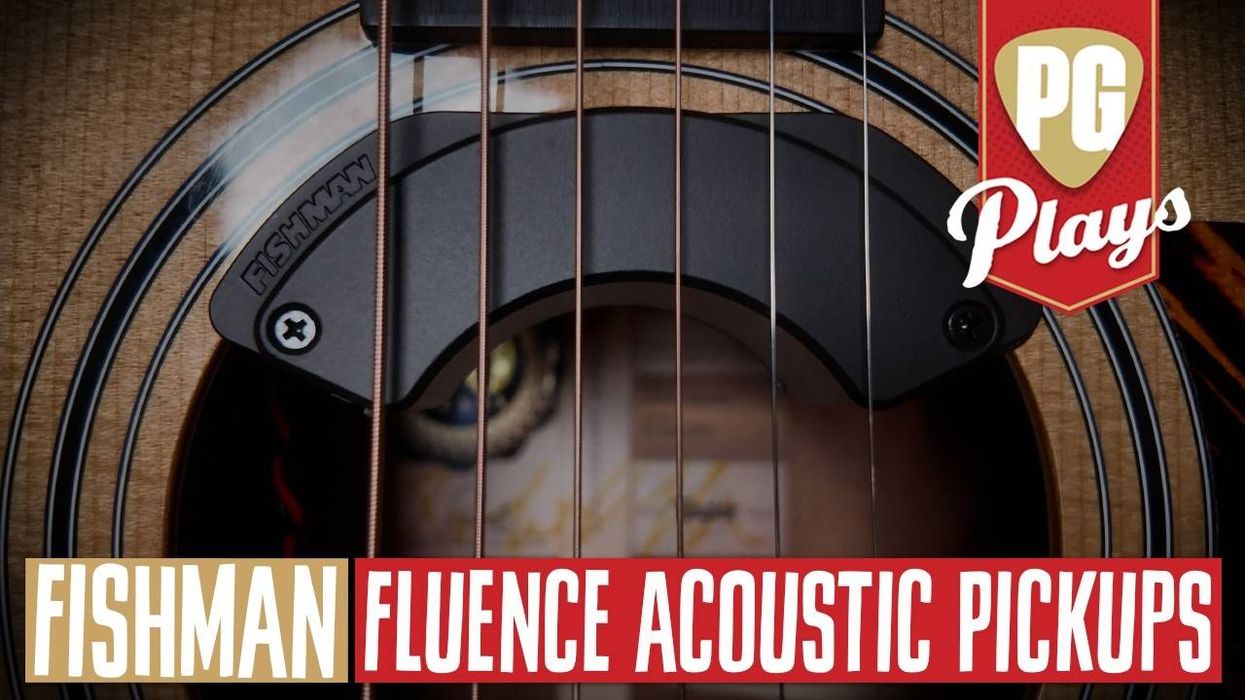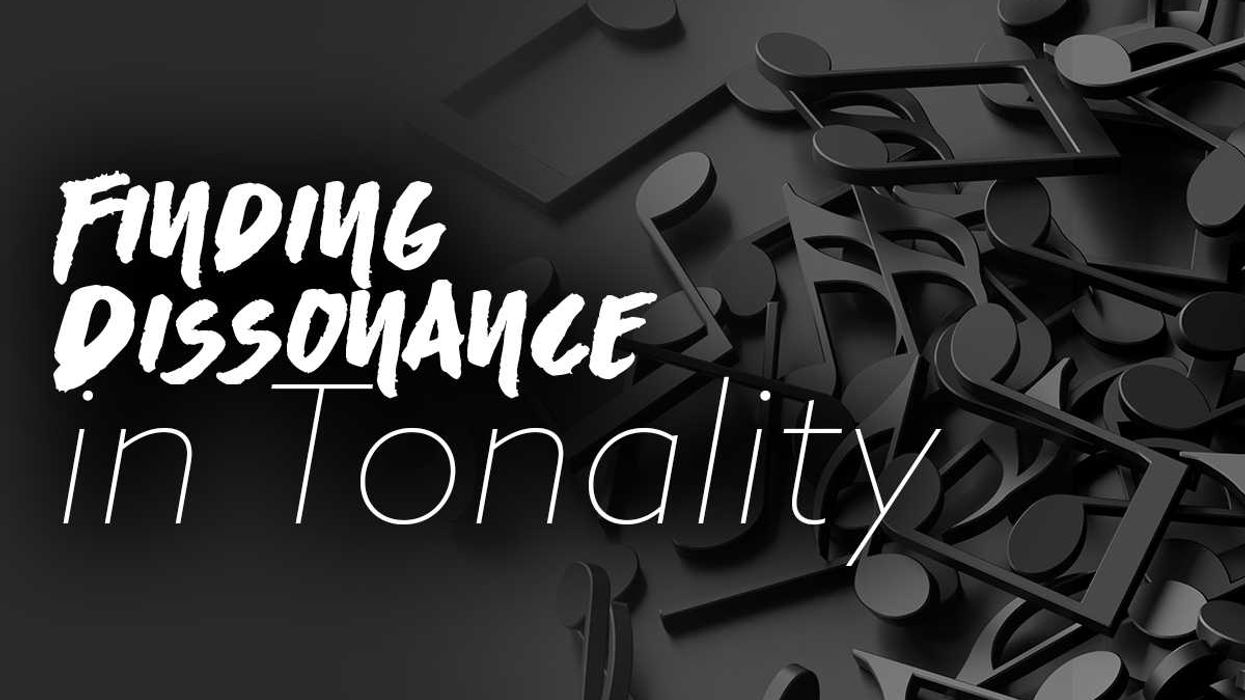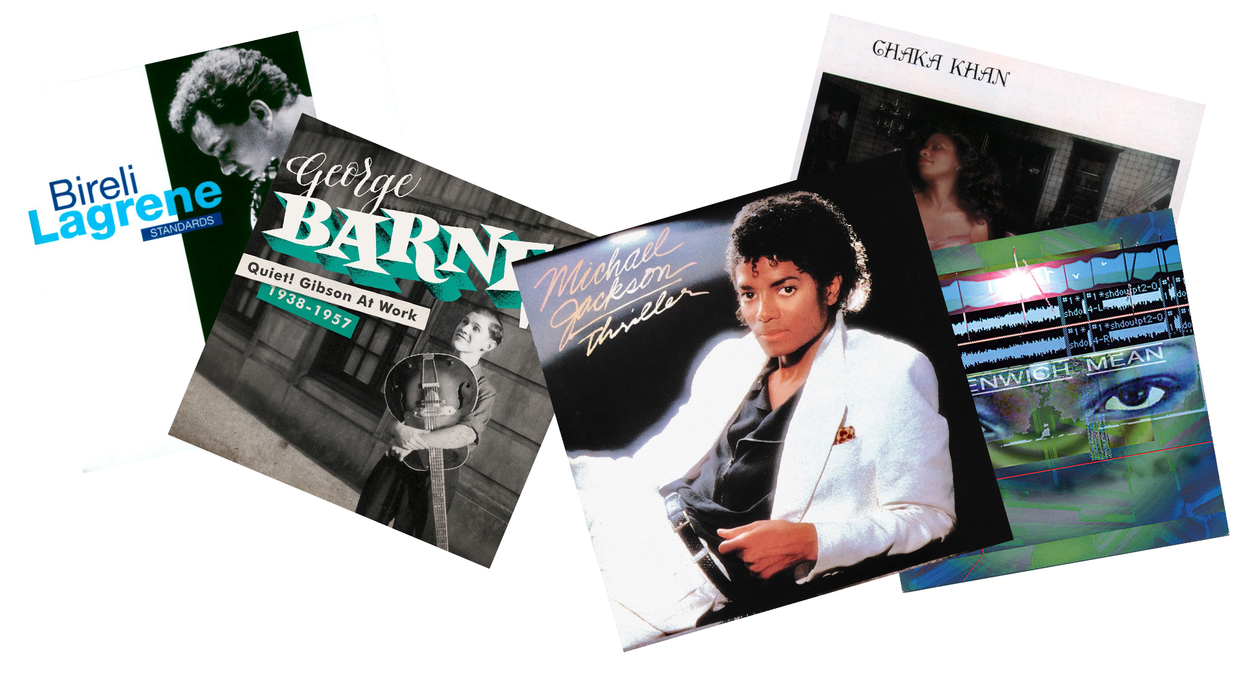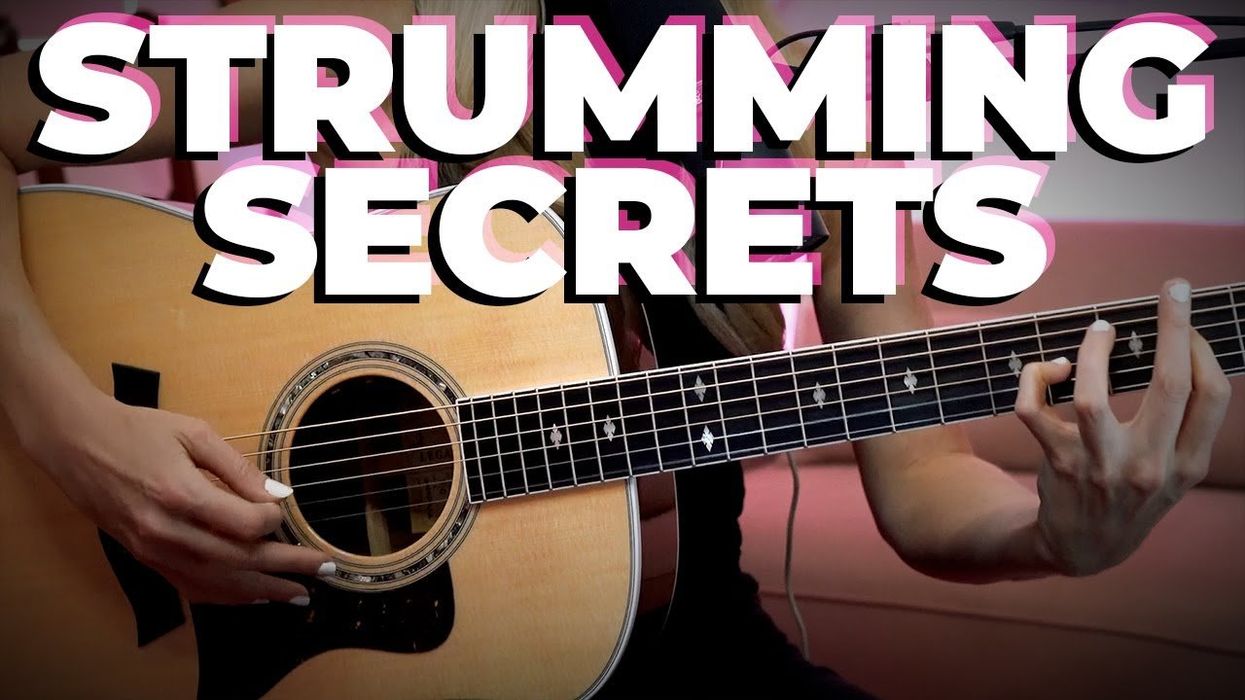We all know that grip, but power chords actually come in many forms and sizes, and they fit equally well in a powerful riff or a more ethereal-sounding part. This lesson presents a handful of examples aimed at extending your power-chord vocabulary, with particular attention to range and orchestration.
Power chords represent a true staple for many of us guitarists. Accessible yet captivating, they provide the foundation for a lot of music we love. I still remember the countless hours spent playing Nirvana or Green Day riffs when I first picked up the guitar. Fast-forwarding to my current career as a session player, I’ve found myself extending the use of power chords to many different purposes and styles.
Power chords indeed come in many shapes, making for a comprehensive tool to have in your arsenal. In this lesson I’m going to focus on a few key aspects:
- No matter where and how you play them, power chords always sound tight, economical, and effective, tracking really well even when using large amounts of distortion, reverb, or delay.
- Power chords are well known for delivering dynamic, high-energy parts in the low/mid register, but they work equally well for creating textures in the higher portion of the fretboard.
- Power chords are versatile, and they feel “at home” in a wide variety of genres and styles.
The first part of the lesson focuses on extending our knowledge of power chord shapes across the fretboard, and is made up of four preparatory exercises, each one focusing on a specific key, set of strings, or guitar arrangement. The second part of the lesson is aimed at providing six practical applications of these concepts, spanning different styles of music.
The main goal of this exercise is to develop familiarity with power chord shapes that start from the 5th of a given chord (5-1-5), instead of just the root (1-5-1). When combining the two, it is possible to play multiple iterations of the same chord progression up and down the neck on a string-set of your choice, providing more flexibility in terms of range and voicing. Ex. 1 illustrates a I-V-VI-IV chord progression in the key of E, to be executed using three-note power chords on the 6th, 5th, and 4th strings. The style chosen for this sequence is fairly common to a lot of rock and pop-rock applications.
Ex. 2 is structured exactly as Ex. 1, but changing the key, string set, and guitar arrangement. Here you’ll find a I-V-VI-IV chord progression in the key of A, played using three-note power chords on the 5th, 4th, and 3rd strings. The style chosen for this example is a palm-muted arpeggio with a nostalgic, ’80s feel and sound. Notice how, despite the key, the shapes of each chord are the same as the ones in Ex. 1.
Ex. 3 is another iteration of the same concept. This example illustrates a I-V-VI-IV chord progression in the key of D, to be played using three-note power chords on the 4th, 3rd, and 2nd strings. The sequence is executed using a syncopated funk pattern. You’ll notice how the two basic power-chord shapes (1-5-1 and 5-1-5) present a different fingering on this specific string set compared to the previous two exercises, but the interval structure of the chords does not change.
As the last preparatory exercise, Ex. 4 is a I-V-VI-IV progression in the key of G, to be played using three-note power chords on the 3rd, 2nd, and 1st strings. The style for this one is a classic palm-muted arpeggio using a dotted-eighth-note delay. These shapes might feel a little unconventional, but they make for a great resource when playing textures in the upper register of the guitar.
Ex. 5 is what I call “fake drop tuning.” I find this application to be extremely helpful to add depth to riffs in the lower register, especially for heavier styles of music. The idea is to substitute in standard tuning any power chord in root position (1-5-1) with its inversion starting from the 5th degree (5-1-5), allowing us to “simulate” the sound of a drop tuning (drop D on this example).
Ex. 6 implements power-chord shapes on different sets of strings, allowing us to play a high-register/textural part conveniently contained in a box between the 12th and 17th frets. Some passages of this exercise include notes that aren’t just roots and fifths, albeit still in line with the diatonic nature of the harmonic sequence.
Ex. 7 features a different way of articulating a two-note power chord (1-5), by playing the fifth not on the string right next to where the root is, but skipping to the next highest one instead. The end result is a leaner-sounding alternative to a standard shape, and can be quite helpful when playing chord melodies in the mid-to-high register of the guitar.
Using a similar approach to Ex. 6, Ex. 8 implements power-chord shapes on different sets of strings to craft a fast-paced funk guitar part in the style of Cory Wong. Notice how the entire chord progression is contained in a total of six frets.
Ex. 9 shows a way to use two-note power chords to imply a certain harmonic sequence over a pedal point. On this specific instance, the pedal is provided by an open D string, with power-chord shapes on the 2nd and 3rd strings layered on top, configured both as 1-5 and 5-1.
Ex. 10 is one last arrangement featuring a combination of power-chord shapes in a box. The goal stays the same: to create a guitar part that sits in a specific part of the mix, providing a distinctive sonic quality. All chords are embellished with notes that aren’t just roots and 5ths, but still in line with the diatonic nature of the progression.
I hope these examples were able to provide some fresh new ideas on how to use power chords in a variety of settings. I encourage you to make these concepts your own, and to try to apply them when crafting a new guitar part. You might find the simplicity of power chords refreshing and, ultimately, inspiring.


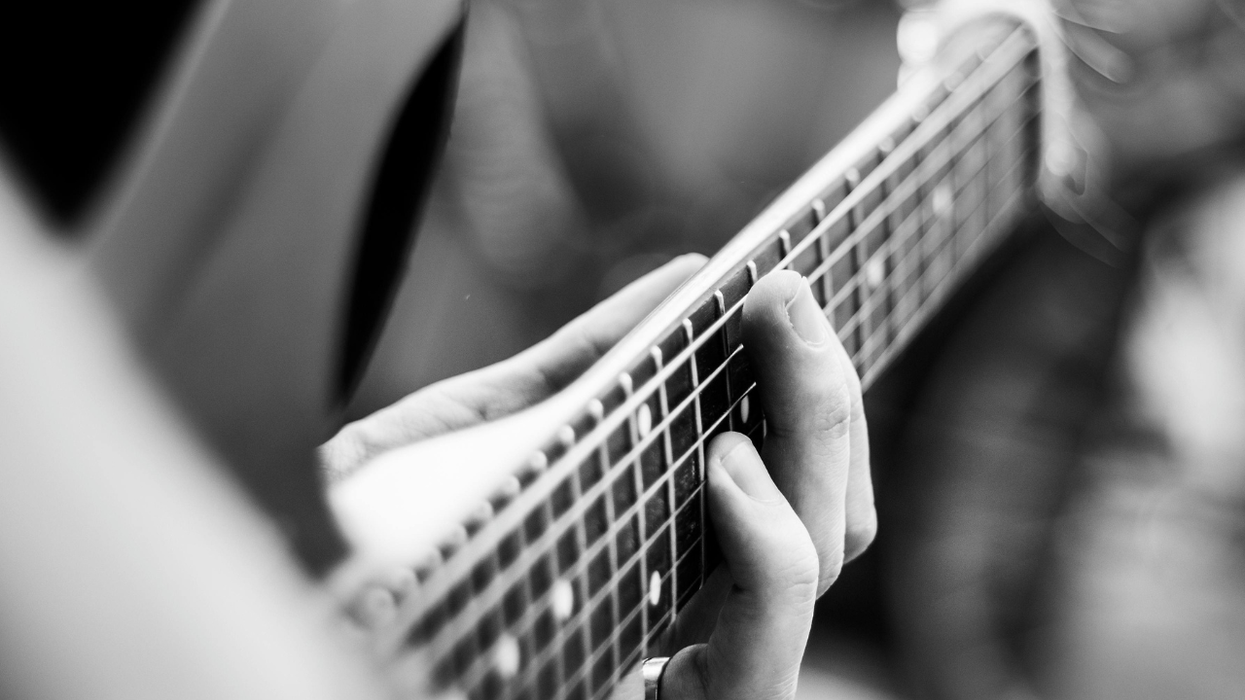
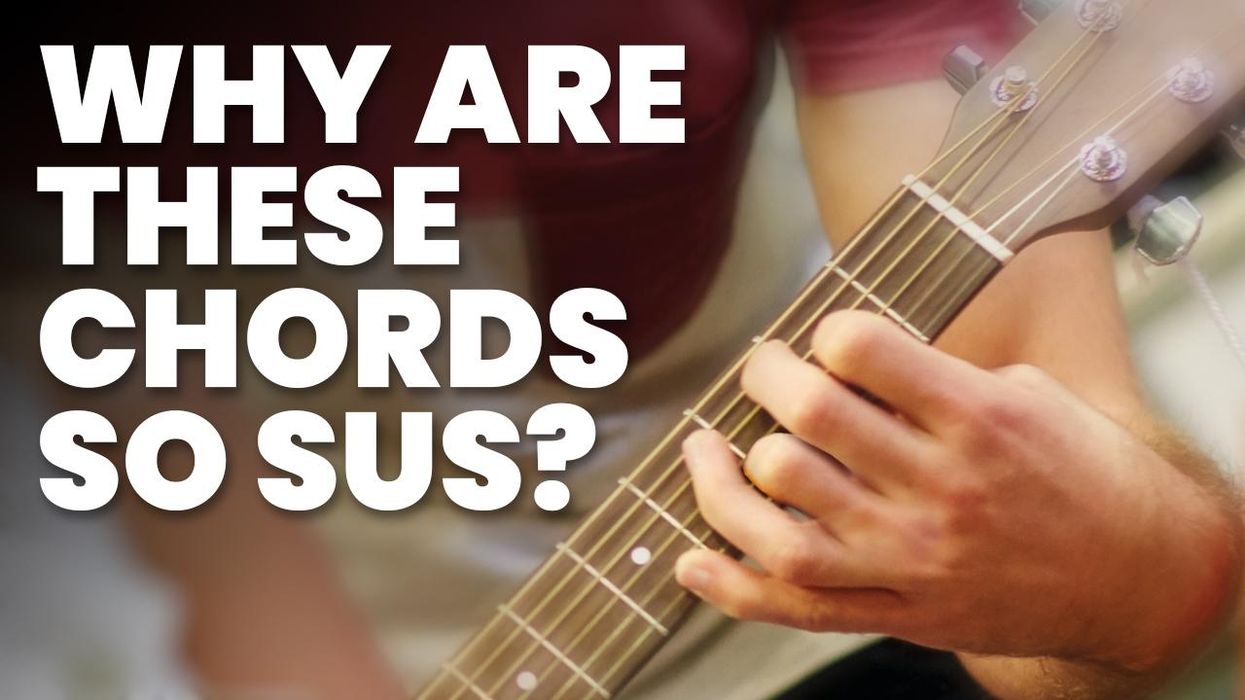
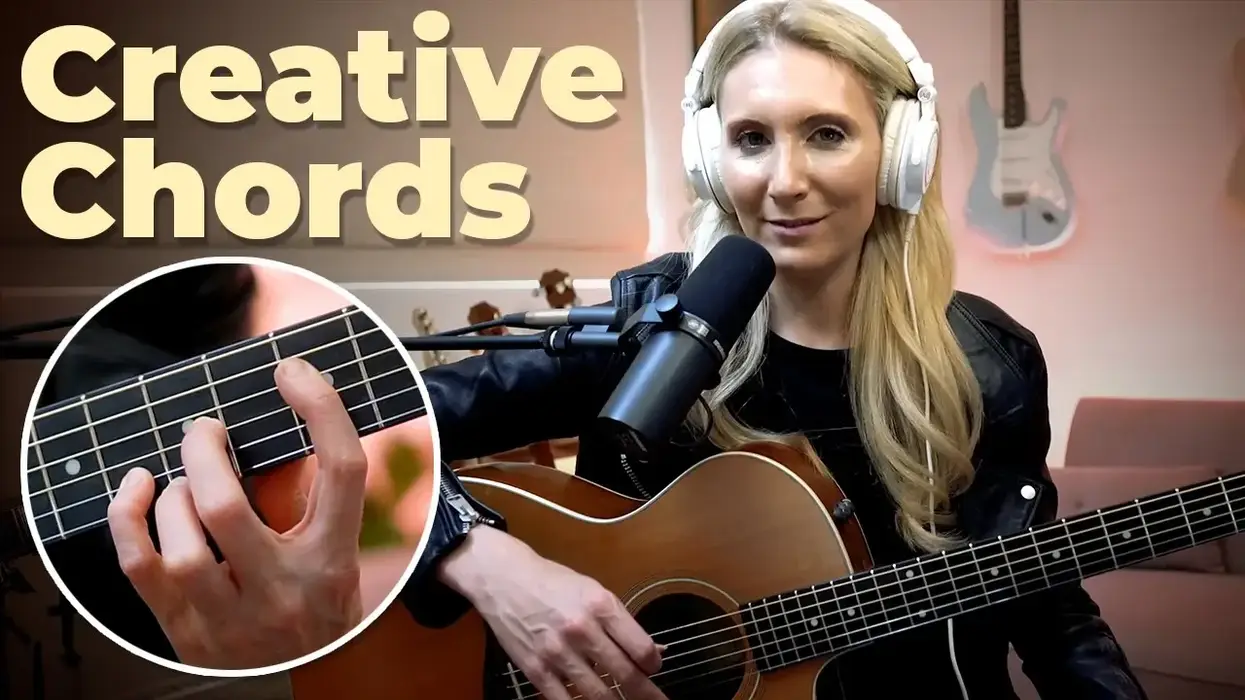
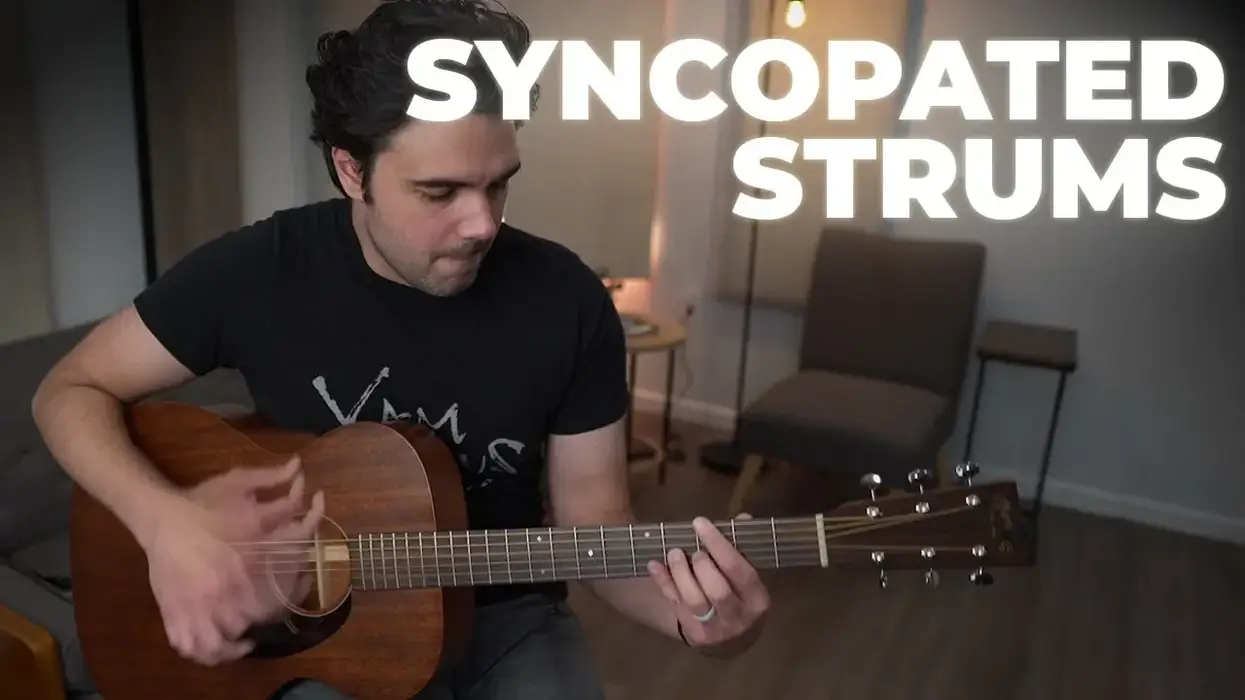
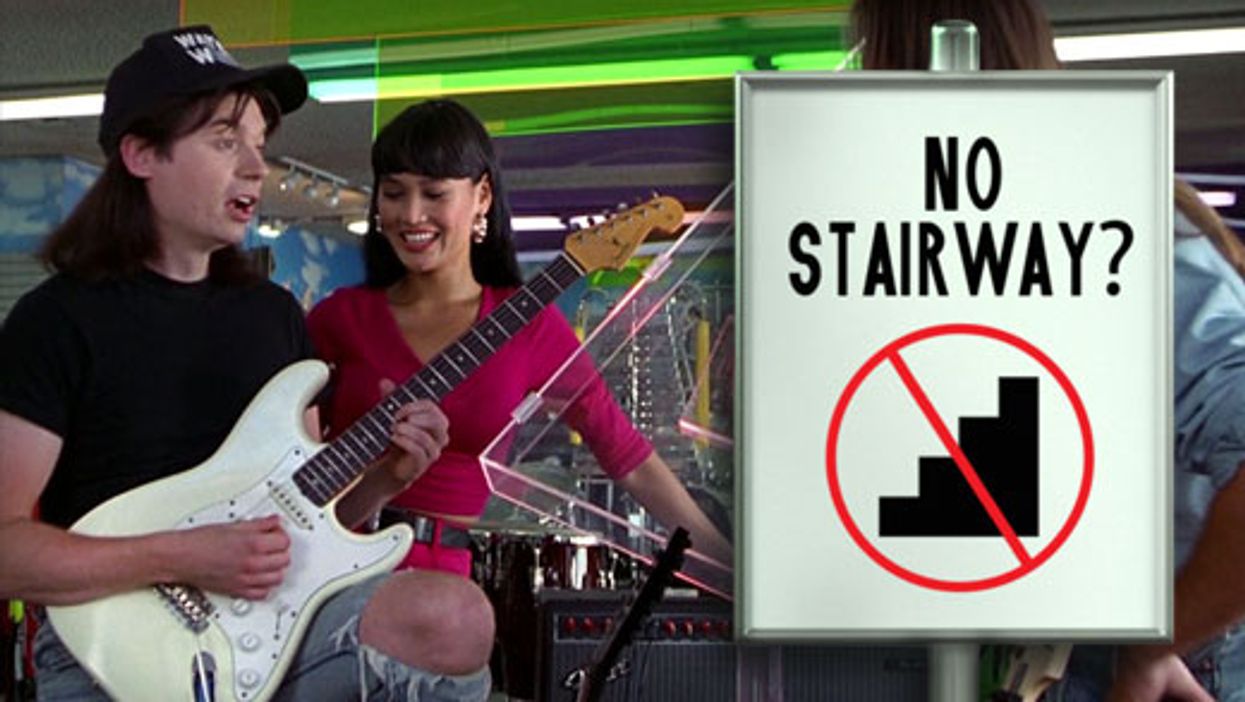

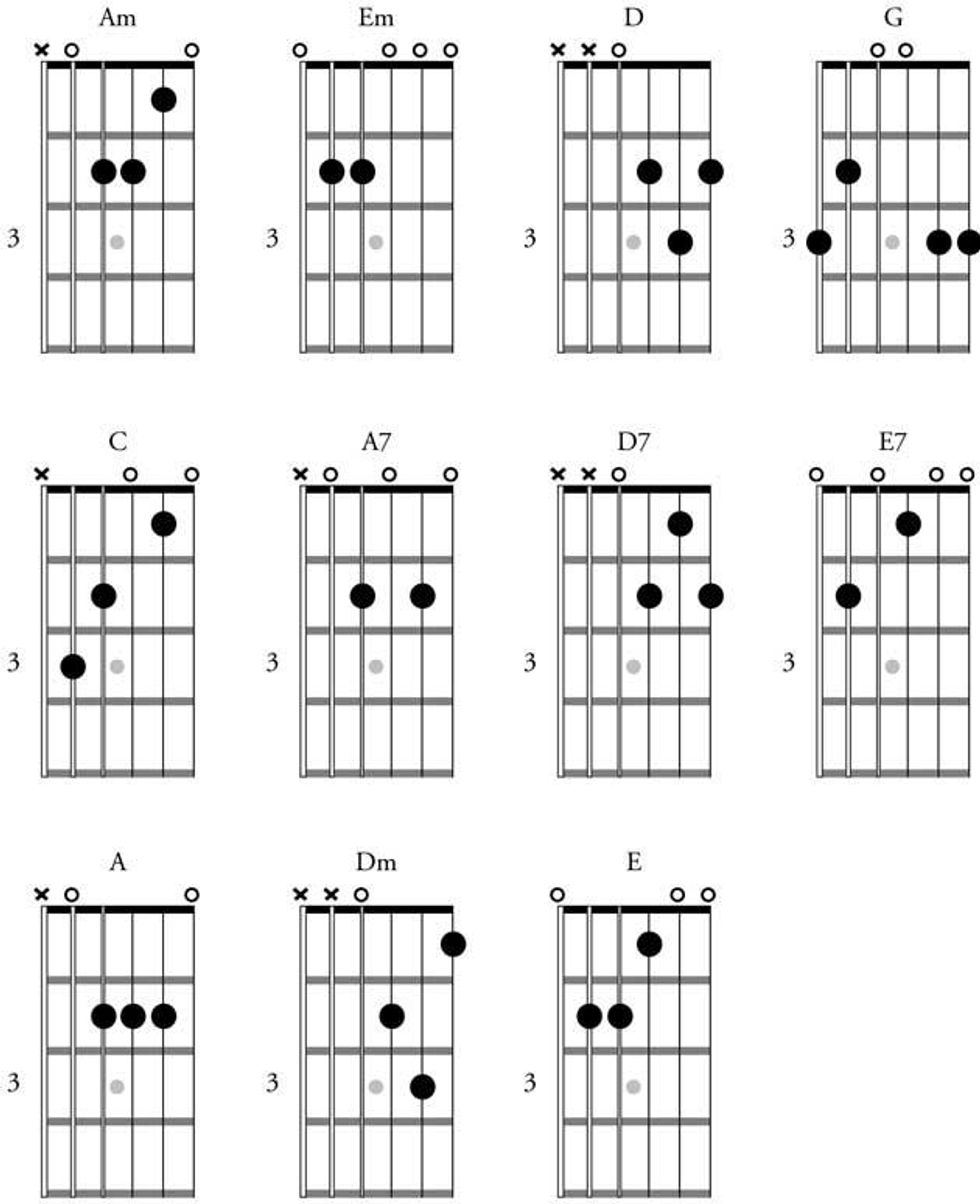


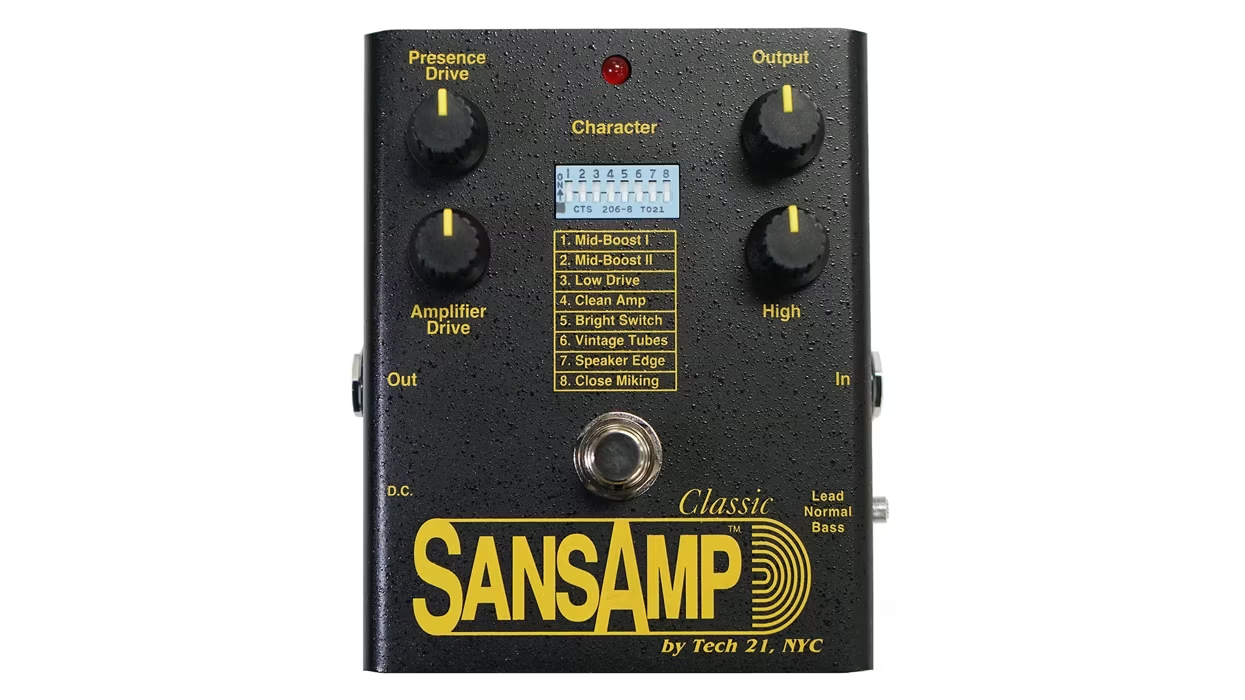
![Rig Rundown: Russian Circles’ Mike Sullivan [2025]](https://www.premierguitar.com/media-library/youtube.jpg?id=62303631&width=1245&height=700&quality=70&coordinates=0%2C0%2C0%2C0)
